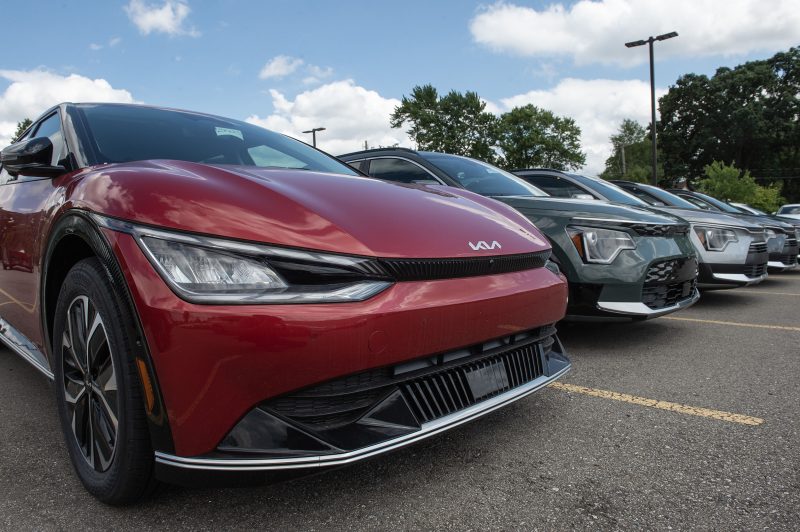In the ever-evolving automotive industry, electric vehicles (EVs) continue to influence both market trends and consumer purchasing habits. However, recent market analyses indicate that the sales growth of EVs has surpassed its roller-coaster ride, tipping towards a rather slow phase. The slowdown yet arrives with a silver lining – affordable pricing for the consumers. This year, drivers could be able to get behind the wheel of an electric vehicle for less than $10,000.
The EV market, over the past decade, has soared at a fast-paced speed. However, emerging trends indicate a gradual slowdown in this growth. According to Cox Automotive, the sales of electric vehicles in the United States dropped by 10.3% in 2020 relative to 2019. Several factors have dictated this market contraction, including deflated petrol prices, economic concerns surrounding the COVID-19 pandemic, and increasing competition from other energy-efficient powertrains such as hybrids and plug-in hybrids.
Despite this overall decline, affordable electric vehicle options have been on the rise. More and more manufacturers are beginning to offer electric vehicles that are price competitive with their conventional counterparts. For instance, General Motors is rolling out an electric vehicle that will be priced at $30,000 after federal incentives. And Nissan, a forerunner in the electric car market, has announced it will cut the price of its 2020 Leaf model by over $7000.
However, the primary contributor to this under $10,000 pricing is the potent combination of federal and state incentives. A federal tax credit of up to $7,500 is available for drivers who purchase new EV models. In addition, many states offer their own separate incentives to help offset the initial price of an electric car. For instance, California, the hub of the electric car market, offers a $2,500 rebate to EV buyers.
While these subsidized prices significantly reduce the barrier to entry for prospective EV owners, further factors contribute to the overall affordability of electric vehicles. EVs generally cost less to maintain over time than conventional cars, as they have fewer moving parts and don’t require oil changes. As per a University of Michigan study, average lifetime maintenance and repair costs of EVs are approximately half of those for gasoline cars.
Furthermore, electric rates are less volatile than gasoline prices. McKinsey & Company report that electric vehicle owners could save roughly $1,000 per year on fuel costs as compared to a conventional automobile. With the uprise in renewable energy sources like solar and wind, electricity costs could decrease even further, augmenting the affordability of EVs.
In light of the recent volatility in the EV market, a slowdown in sales growth, coupled with competitive pricing strategies and significant federal and state incentives, forecast a potential drop in EV prices to as low as $10,000. The blend of up-front cost reductions and long-term economic savings presents a compelling case for consumers to explore electric vehicles. This convergence might unlock the next wave of growth in the EV industry, making electric vehicles more accessible to a broader demographic than ever before.
Flexible financing options, along with ongoing technological advancements in battery life and power efficiency, are likely to further bolster the case for EV ownership. As consumers steadily gravitate towards sustainable and economical alternatives, the slowdown in EV sales growth could signal not a decline but a shift in trajectory towards broader market understanding and acceptance of electric vehicles.




